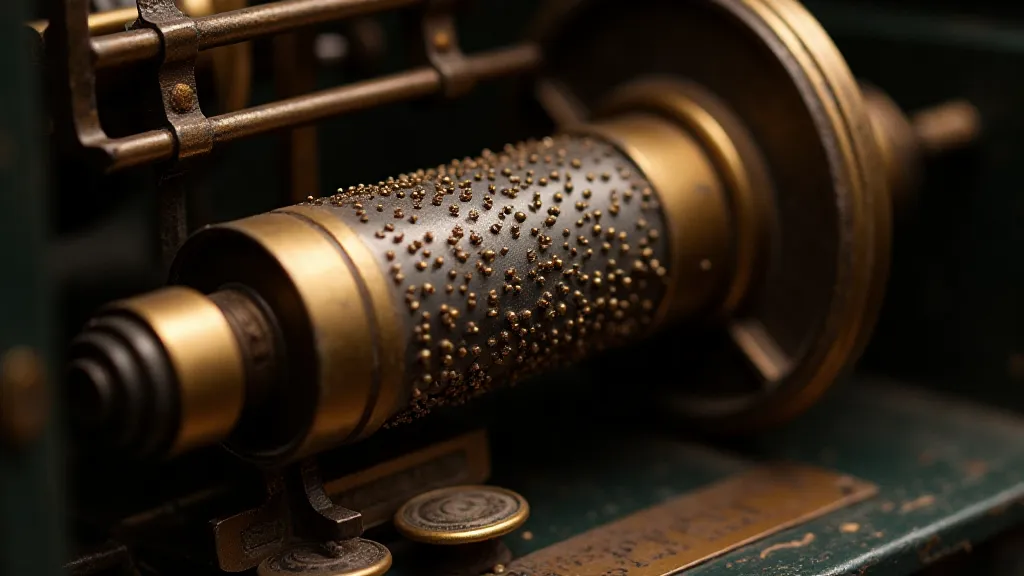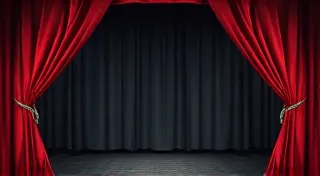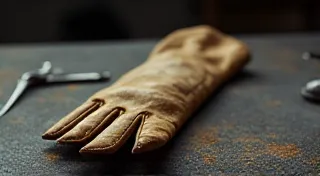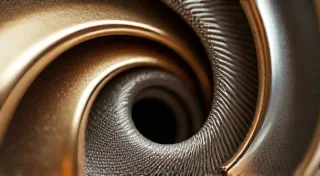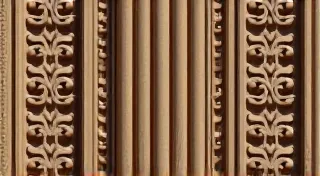Chromatic Ghosts: The Lost Art of Automaton Decoration in Music Boxes
There's a particular magic woven into the heart of antique music boxes, a silent melody that transcends mere mechanics. It’s not simply the charming tune they play, but the often-astonishing figures that dance within, miniature worlds brought to life through the genius of long-gone artisans. These aren’t just toys; they are chromatic ghosts, remnants of a lost art – the intricate creation of automaton figures that adorned the finest music boxes of the late 19th and early 20th centuries.
I remember the first time I truly understood this magic. As a boy, I'd rummage through my grandfather's attic, a place overflowing with forgotten treasures. Amongst dusty furniture and faded photographs, I discovered a small, unassuming music box. When I wound it, a ballerina, seemingly carved from ivory, gracefully pirouetted beneath a frosted glass dome. It wasn’t a perfect dance, her movements slightly jerky and endearing, but the sheer craftsmanship captivated me. It was a portal to another era, a testament to the dedication and artistry of a forgotten maker.
The Rise of the Automaton
The popularity of music boxes exploded in the mid-19th century, fueled by the Industrial Revolution and advancements in precision engineering. Switzerland, particularly the Jura region, became the epicenter of this burgeoning industry. Early music boxes were often simple, playing repeating cylinders that produced a pleasing, if predictable, melody. But as technology progressed, so did the desire for something more. The elite, eager to demonstrate wealth and sophistication, demanded elaborate music boxes—those that incorporated dancing figures. The era of the automaton had begun.
Unlike the simple figures that might be found in a contemporary toy, these automatons were marvels of engineering and artistry. They weren't simply puppets; they were miniature machines, powered by the rotating cylinder mechanism, meticulously designed to mimic human movement. The complexity of the figures varied widely. Some featured a single dancing ballerina, while others boasted entire scenes, complete with swans, birds, or even miniature orchestras. The movements were programmed—literally—onto the cylinder itself, using tiny pins that pushed and pulled on levers and rods.
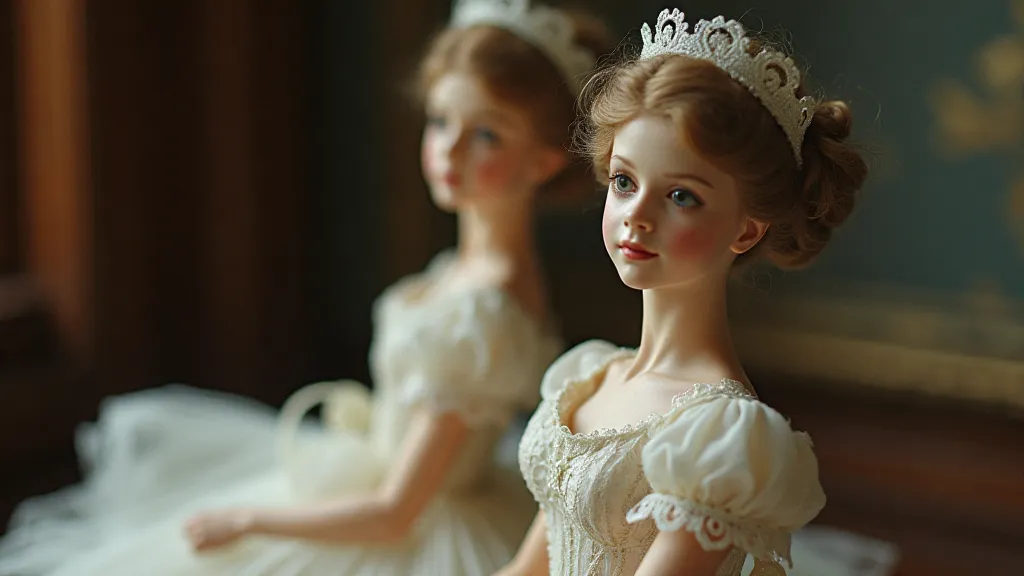
The Craft of a Chromatic Ghost
The creation of these automatons demanded an astonishing array of skills. First, a sculptor would create the initial figure, often from bisque porcelain, a material prized for its smooth, ivory-like appearance. This sculpting wasn't a casual process; it required an understanding of anatomy, proportion, and the ability to capture a sense of life and movement within the stiff medium. Then came the painting – miniature portraits painstakingly rendered onto tiny canvases, bringing a surprising degree of realism to the figures.
Next, the true ingenuity came into play: the mechanical engineering. The automaton’s movement wasn't merely a matter of attaching limbs and hoping for the best. Each joint had to be precisely engineered to mimic natural articulation. Tiny cams, levers, and connecting rods – often no larger than a fingernail – were fabricated, assembled, and adjusted with excruciating care. A single, flawed component could derail the entire movement. The cylinder itself, with its labyrinthine arrangement of pins, was equally critical, acting as the puppet master controlling every nuance of the automaton's performance.
The level of artistry extended beyond the physical creation. The choreography, too, demanded careful consideration. The movements had to be both graceful and mechanically feasible. A skilled artisan would consider the music itself, ensuring the automaton’s movements were synchronized with the melody, creating a unified and emotionally resonant experience.
The Diminishing Light: Why the Art Faded
The apex of automaton music box decoration occurred roughly between 1870 and 1910. However, after that peak, the quality and complexity of these figures began to decline, and eventually, the art almost disappeared. Several factors contributed to this decline. The rise of recorded music – the gramophone – offered a far wider range of musical experiences at a lower cost, eroding the demand for elaborate music boxes.
Furthermore, the process of creating these automatons was extraordinarily labor-intensive and expensive. As mass production techniques improved in other industries, the unique, handmade nature of these music boxes became increasingly unsustainable. Cheaper, less complex music boxes flooded the market, catering to a broader audience and driving the more skilled artisans out of business. The skills themselves were often passed down through families, but as the demand waned, fewer and fewer young people were willing to apprentice in such a demanding and precarious trade. It wasn’t simply a matter of forgetting how to create these automatons; it was a matter of a fundamental shift in the economic landscape that made their creation untenable.
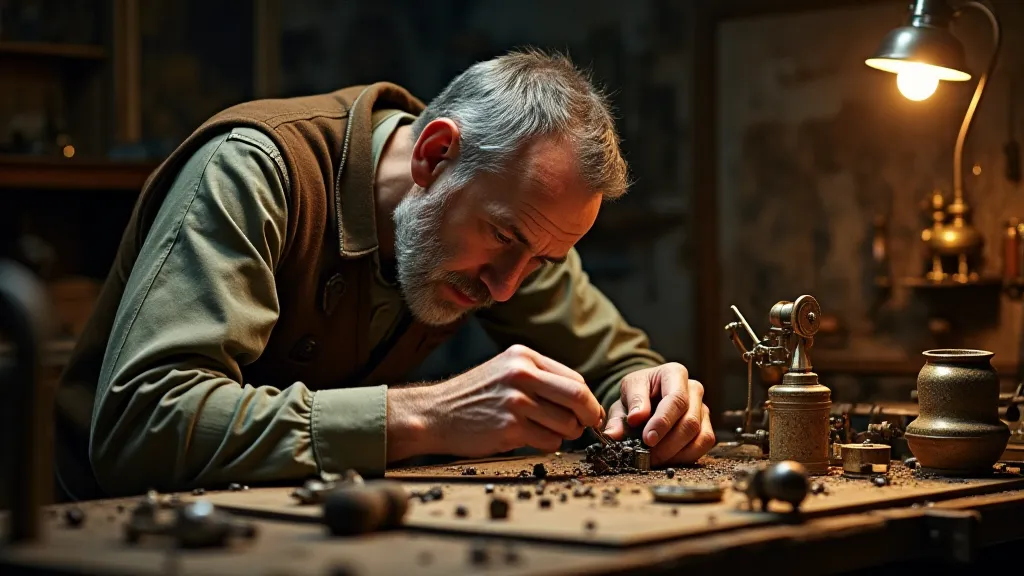
Preserving the Legacy
Today, antique music boxes with automaton figures are highly prized by collectors. They represent more than just beautiful objects; they are tangible links to a lost era of artistry and innovation. Owning one is not just about possessing a charming timepiece; it's about safeguarding a piece of history, appreciating the dedication and skill of those who created them. Restoration can be a complex and delicate process, requiring a deep understanding of the original construction and a reverence for the artisan’s original intent. Often, the best approach is simply careful cleaning and preservation, allowing the music box to continue to whisper its chromatic ghosts across the years.
Even without the technical intricacies, the beauty of these figures resonates on a deeply emotional level. Observing a tiny ballerina gracefully twirling to a familiar melody, or witnessing a miniature orchestra play in perfect unison, evokes a sense of wonder and a poignant reminder of the human capacity for creativity and innovation. These are more than just antique music boxes; they are living testaments to the enduring power of art and the beauty of a bygone era.
